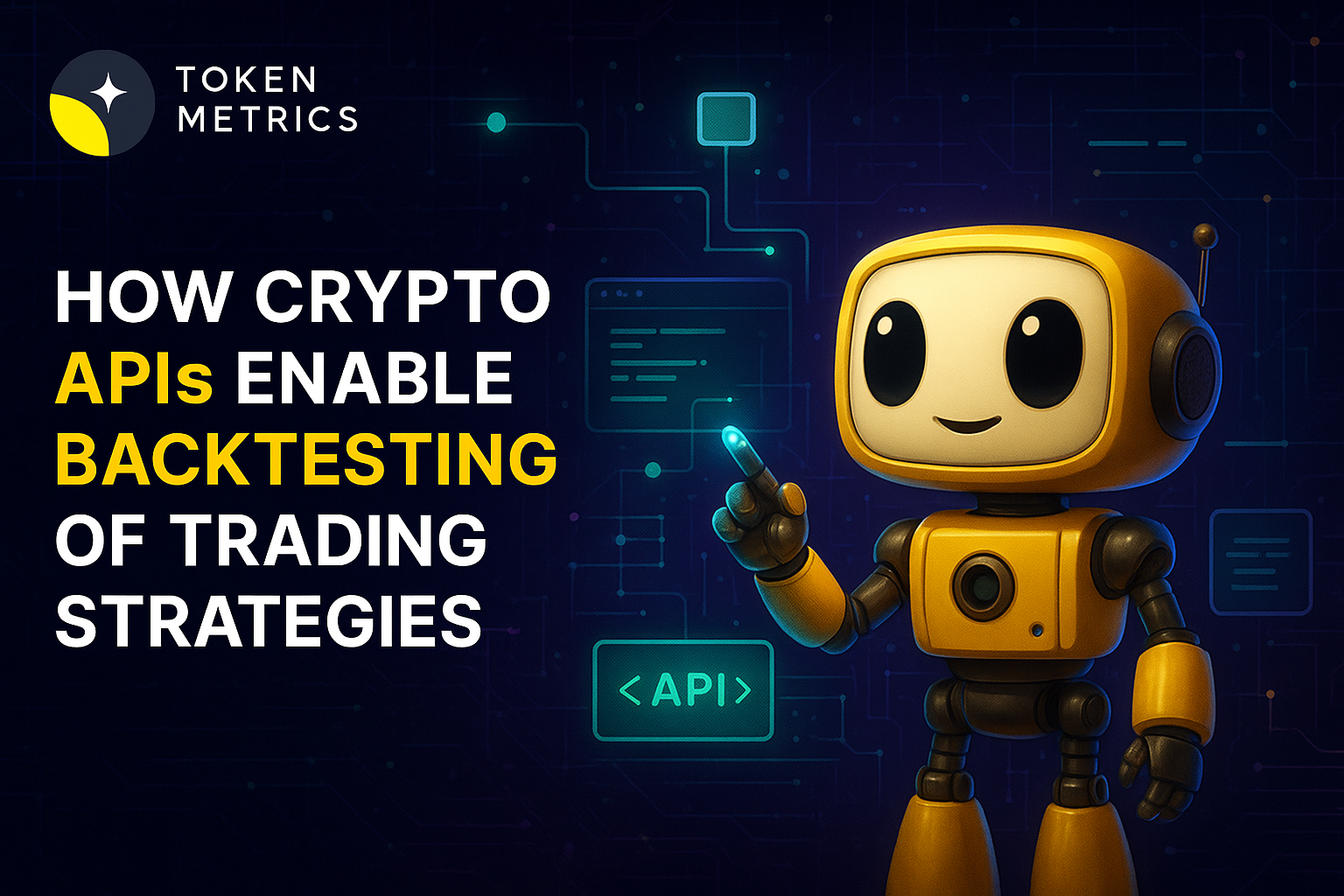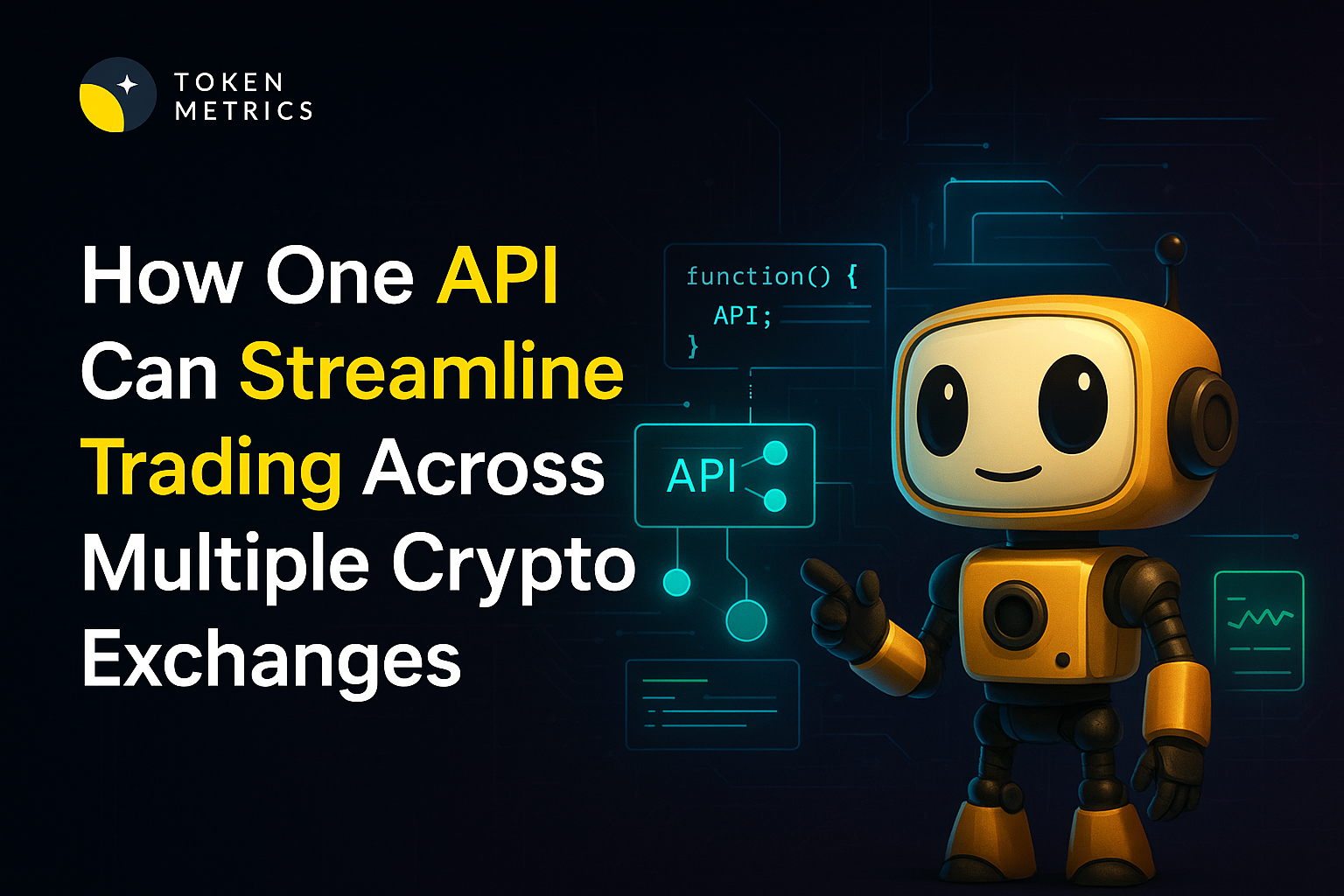How Do You Measure Success in Web3 Projects?

The decentralized revolution has transformed how we think about digital projects, but it's also complicated how we evaluate their performance. Unlike traditional startups where metrics like revenue, user growth, and profit margins tell a clear story, Web3 projects operate in a multidimensional ecosystem where success can mean different things to different stakeholders. So how do you truly measure success in this brave new world?
Beyond Market Cap: The Multi-Dimensional Nature of Web3 Success
When most people think about measuring Web3 project success, their minds immediately jump to token prices and market capitalization. While these financial metrics matter, they're just the tip of the iceberg. A comprehensive evaluation requires looking at technical innovation, community engagement, protocol adoption, and long-term sustainability.
Token performance remains a critical indicator, but it needs context. A project might have a modest market cap while solving genuine problems and building sustainable infrastructure. Conversely, projects with massive valuations sometimes lack fundamental utility. This is where sophisticated analytics platforms become invaluable for separating signal from noise.
Key Performance Indicators That Actually Matter
Network Activity and On-Chain Metrics
Real usage tells the truth. Daily active addresses, transaction volume, total value locked (TVL), and smart contract interactions provide objective data about whether people actually use a protocol. A project might generate massive hype on social media, but if on-chain activity remains stagnant, that's a red flag.
Transaction velocity shows how frequently tokens move between addresses, indicating genuine economic activity rather than passive holding. Gas fees consumed by a protocol on Ethereum or other networks demonstrates demand for its services. These metrics can't be easily manipulated and provide authentic insight into project health.
Community Strength and Decentralization
The power of Web3 lies in its communities. Measuring community engagement goes beyond counting Twitter followers or Discord members. True community strength reveals itself through developer contributions on GitHub, governance participation rates, and the diversity of token holders.
Decentralization metrics are particularly important. How distributed is token ownership? Are decision-making powers concentrated among a few whales, or broadly distributed? The Nakamoto coefficient—measuring how many entities would need to collude to attack a network—provides valuable insight into a project's resilience.
Developer Ecosystem and Technical Progress
Active development indicates long-term viability. The number of commits, contributors, and repositories in a project's GitHub shows whether talented developers believe in the vision enough to dedicate their time. Development velocity matters more than short-term price action.
Technical milestones achieved versus roadmap promises offer another reality check. Does the team deliver on commitments, or do deadlines constantly slip? Regular audits, bug bounties, and security practices demonstrate professionalism and reduce risk for users and investors.
Financial Metrics in the Web3 Context
Traditional financial analysis still applies, but with Web3 twists. Revenue generation for protocols can come from transaction fees, staking rewards, or other mechanisms. Understanding a project's actual cash flows versus speculative value is crucial.
Tokenomics sustainability requires scrutiny. High inflation rates might artificially boost staking yields while diluting existing holders. Vesting schedules for team tokens, treasury management strategies, and emission rates all impact long-term token value and project sustainability.
The market cap to TVL ratio helps evaluate whether a DeFi protocol is over or undervalued relative to the capital it secures. Meanwhile, price-to-sales ratios adapted for crypto can compare protocol revenue against token valuation, similar to traditional stocks but accounting for token utility.
The Role of Advanced Analytics Platforms
Navigating this complexity requires sophisticated tools. Token Metrics stands out as a top crypto trading and analytics platform that helps investors and researchers cut through the noise. By aggregating on-chain data, social sentiment, technical analysis, and fundamental metrics into comprehensive scoring systems, platforms like Token Metrics enable more informed decision-making.
What sets advanced analytics platforms apart is their ability to provide AI-driven insights that would take individuals countless hours to compile manually. Token Metrics, for instance, offers trader-grade ratings, risk assessments, and portfolio management tools specifically designed for the unique challenges of crypto markets. Their quantitative approach combines traditional financial analysis with crypto-native metrics, giving users a holistic view of project viability.
For serious Web3 participants, leveraging such platforms isn't optional—it's essential. The market moves too fast and the data landscape is too complex for manual analysis alone.
Partnership and Integration Metrics
Successful Web3 projects rarely exist in isolation. Strategic partnerships, integrations with other protocols, and cross-chain compatibility indicate ecosystem adoption. When major platforms choose to integrate a project's technology, it validates the technical approach and expands the potential user base.
Institutional adoption has become increasingly important. Are venture capital firms, family offices, or traditional institutions using or investing in the protocol? While Web3 champions decentralization, institutional validation often precedes mainstream adoption.
Sustainability and Long-Term Vision
Short-term hype cycles are easy to spot in retrospect but difficult to resist in real-time. Sustainable projects demonstrate consistent value creation over multiple market cycles. They adapt to changing conditions, survive bear markets, and emerge stronger.
Treasury management reveals a lot about project maturity. Does the team responsibly manage funds, diversify beyond their own token, and plan for extended development timelines? Or do they burn through capital quickly and require constant fundraising?
Red Flags and Warning Signs
Measuring success also means identifying failure patterns. Abandoned GitHub repositories, decreasing active addresses, team members departing, broken roadmap promises, and centralized control masquerading as decentralization all signal trouble ahead.
Excessive focus on token price rather than product development, unrealistic yield promises, and opacity around operations should trigger skepticism. The best projects obsess over building useful products, not just pumping token prices.
The Bottom Line
Measuring Web3 project success requires balancing multiple dimensions: technical achievement, community strength, financial sustainability, and real-world adoption. No single metric tells the complete story, which is why comprehensive analysis frameworks matter so much.
For investors, developers, and users, leveraging advanced analytics platforms like Token Metrics provides the data-driven foundation needed to separate legitimate innovation from vaporware. As the Web3 ecosystem matures, the projects that consistently deliver value across multiple success dimensions will likely emerge as the lasting winners in this transformative technological shift.
Success in Web3 isn't just about price—it's about building the decentralized infrastructure that will power the next generation of the internet.
Create Your Free Token Metrics Account

.png)




%201.svg)
%201.svg)


%201.svg)










.svg)




.png)